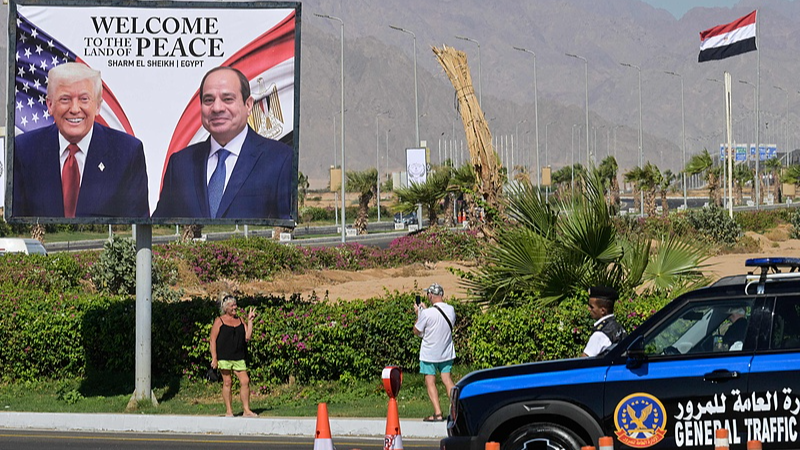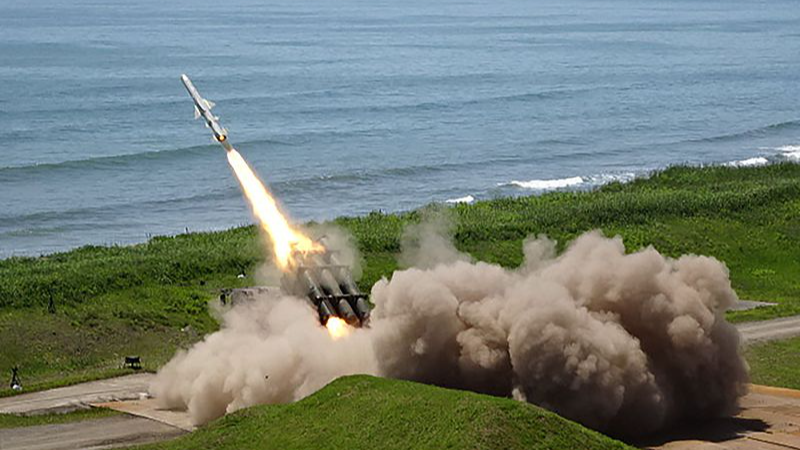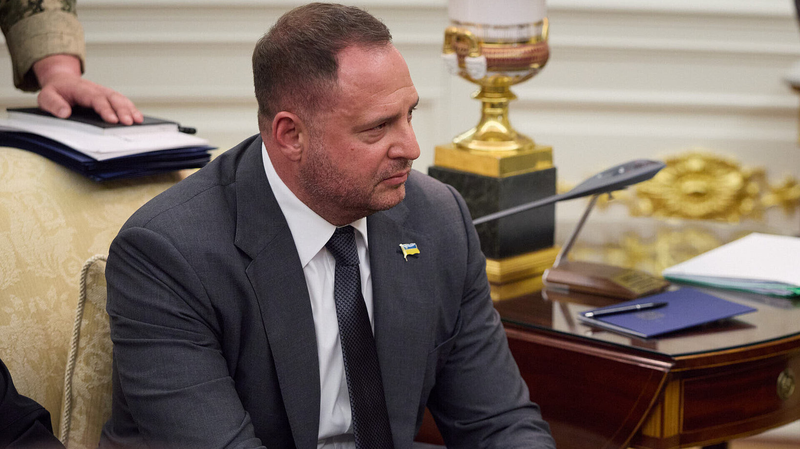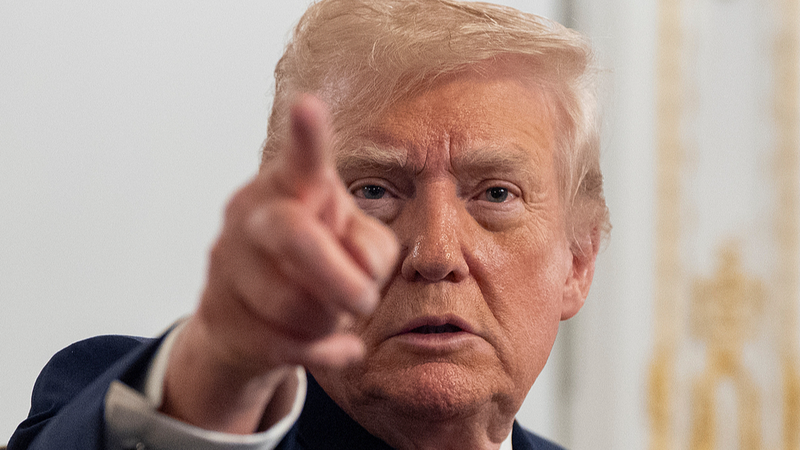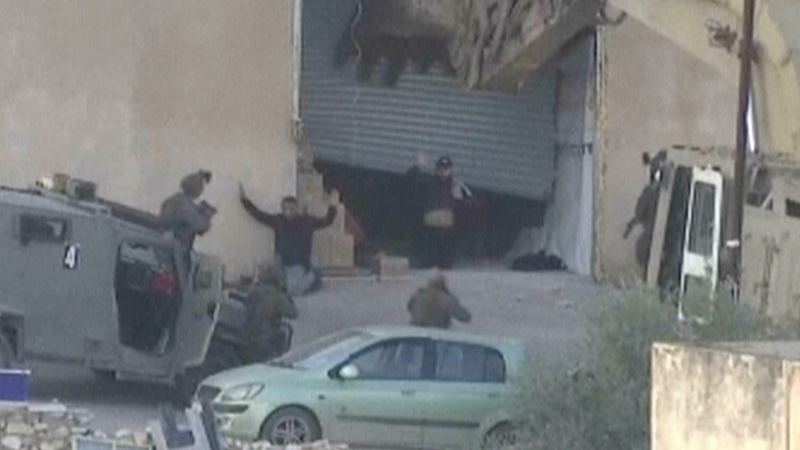Under the bright sky of the Red Sea resort city Sharm el-Sheikh, more than 20 heads of state and senior officials convened on Monday to bolster the fragile ceasefire between Israel and Hamas and chart a course for broader Middle East stability. Co-chaired by Egyptian President Abdel Fattah al-Sisi and U.S. President Donald Trump, the summit aims to transform a three-day truce into lasting peace and begin Gaza’s long road to reconstruction.
Main Goals
Delegations focused on three core objectives: consolidating the ceasefire, outlining reconstruction plans for Gaza, and setting up a political process to prevent future outbreaks of violence. Under the agreement, Israeli forces will pull back from key areas in Gaza City, Khan Younis, Rafah and parts of Beit Lahia and Beit Hanoun, while five border crossings reopen for humanitarian aid. The deal also includes the release of hostages and prisoners as a confidence-building measure.
Analysts Weigh In
Gaza-based analyst Hussam al-Dajani believes the summit “is mainly intended to consolidate the ceasefire and provide guarantees that the war will not recur.” Yet he warns that any sustainable solution hinges on international political will—particularly from the U.S.—and a genuine commitment to end the occupation.
Similarly, Ramallah expert Jihad Harb cautions that current plans “do not specify the legal and political nature of a future Palestinian state,” leaving long-term peace on shaky ground. Both analysts agree that without clear U.S. leadership and effective international pressure, a comprehensive deal may remain out of reach.
U.S. Role and Regional Outlook
Washington’s high-profile involvement signals a strategic push to reassert its influence in the region and shore up Israel amid growing international isolation. Gulf states have given cautious support to the U.S. initiative, viewing the ceasefire as a first step toward easing tensions. But Arab engagement will depend on whether Washington can deliver balanced outcomes that address Palestinian needs alongside Israeli security.
In Gaza, Hamas spokesman Hazem Qassem expressed hope that the summit “will stabilize the situation and facilitate relief and reconstruction efforts.” For many residents, the real test will be turning summit declarations into tangible improvements on the ground.
As dusk falls over Sharm el-Sheikh, participants return home with both optimism and skepticism. While the summit marks a critical diplomatic moment, its legacy will ultimately be measured by how leaders translate words into action—and whether the ceasefire can be the first chapter in a new era of peace and stability for Gaza and the wider region.
Reference(s):
Will Egypt summit pave way for peace in Gaza and Middle East?
cgtn.com
